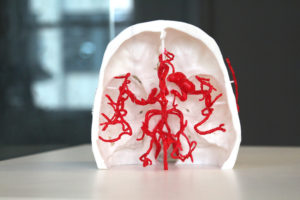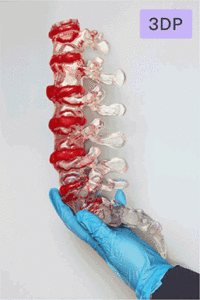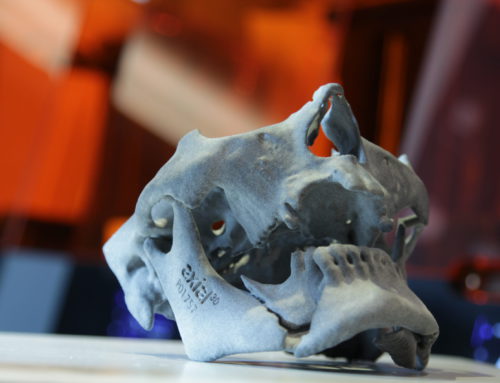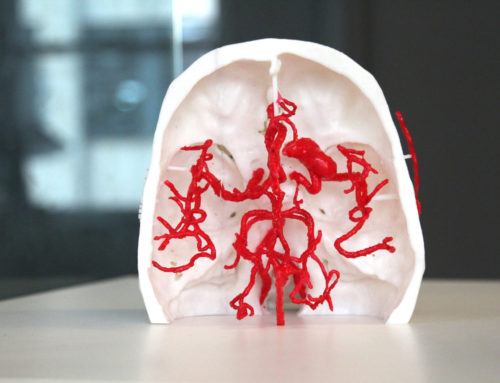Today, jurors are being asked to make decisions based on the information gleaned from the same complex 2D medical images that doctors have spent years training to interpret. Without such adequate training, there is a risk that the full severity of the injury may not be conveyed, or worse, the information could be misinterpreted by the untrained jurors. This doesn’t stop the jurors from making informed decisions, but it does make the process much more difficult than it needs to be – for the jury, the prosecution and everyone involved.
So how can you as an attorney support jurors to better understand the severity of your client’s injuries?
Our jury system began in the early 1600’s, and as time has moved on, so too has our access to technology and its benefits. CT and MRI scanning has been around since the 1970’s, and when first introduced, revolutionized how we see inside the human body. Lawyers and doctor witnesses continue to use these 2D scans to explain injuries to juries.
So how has this changed over the years?
Recent advancements in medical imaging have once again revolutionized how we visualize injuries. One example of such innovation is that of medical 3D modeling. Surgeons across the US are using our medical 3D printed models of their patients’ anatomy derived from the 2D medical scans to get a more detailed, realistic view of the injury or deformity they are treating. The same medical-grade 3D models are now being used in court.
The ability to present a client’s exact complex injuries using 3D exhibits created from their own medical scans has transformed personal injury cases across the US. The 3D models alleviate the uncertainty experienced by the jury with complex 2D medical scans while acting as a tactile visual reference point for all members as they make decisions in deliberation.

To see the difference between 3D exhibits and these other methods such as 2D scans and illustrations, visit our website here.
Read more: To see how 3D exhibits can help transform remote personal injury arbitration and mediation cases during COVID-19





